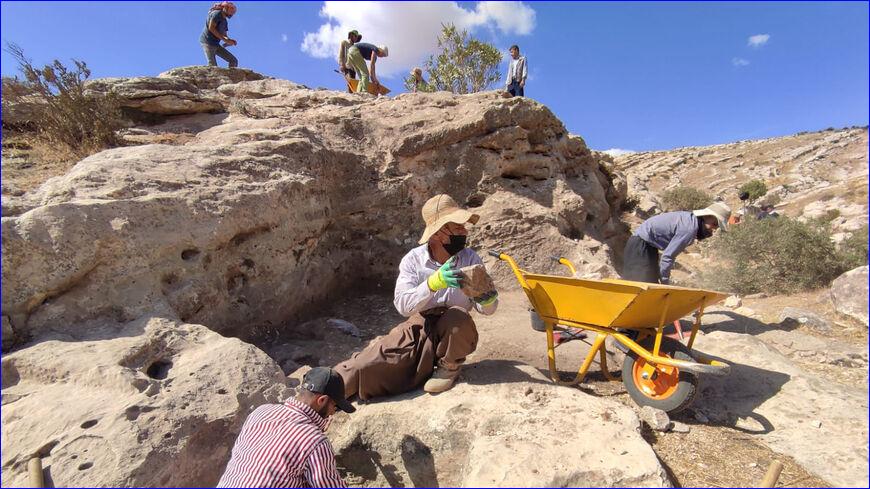


Related: Brief History of Assyrians
The 14 stone basins cut into white rock were once used during the reign of the Assyrian King Sennacherib in the late 8th and early 7th century B.C. for large-scale winemaking, according to the team of archaeologists from the Department of Antiquities in Dahuk. The team unveiled the discovery last week alongside their colleagues at Italy's University of Udine. It is believed to be the oldest industrial wine press discovered in northern Mesopotamia.
Related: Assyrians: Frequently Asked Questions
But it was 12 panels hewn in limestone found on the eastern bank of the Faidi canal, just north of Mosul, that were the prized discovery, according to Daniele Morandi Bonacossi, professor of Near Eastern Archaeology at the University of Udine and director of Land of Ninevah Archaeological Project in the Kurdistan Region of Iraq. The reliefs, measuring nearly 17 feet wide and 7 feet tall, depicted Assyrian kings praying to sacred animals and deities including Ishtar, the goddess of love and war. It was the first time in more than 150 years that archaeologists were able to find large Assyrian rock reliefs in Iraq.
Read the full story here.

or register to post a comment.